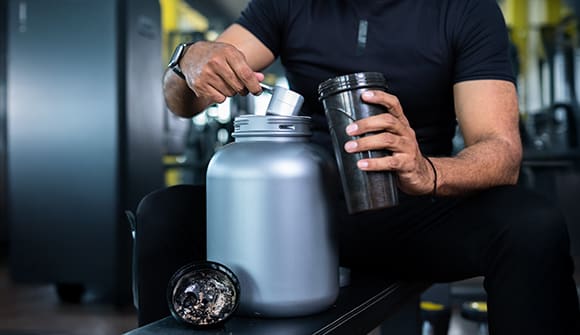Vein pain
Varicose veins aren’t just a cosmetic concern.
Article Author: Wesley Roberts
Article Date:

Are concerns about varicose veins new, rising from the age of Instagram likes and selfies on the beach?
Not even close! Varicose veins are more than just a cosmetic concern. They can lead to pain and in some cases, may be a sign of a serious health condition.
And varicose veins are nothing new. They were described in the Ebers Papyrus – a compilation of Egyptian herbal knowledge that dates back to 1550 B.C. – as “tortuous and solid, with many knots, as if blown up by air.”
What are varicose veins?
“Varicose veins are swollen, twisted veins that become visible just under the skin, usually on the legs and thighs,” explained Nehu Patel, MD, a cardiologist with Baptist Heart Specialists. “Muscles in our legs help push oxygen-poor blood back to our heart, and the valves in our veins prevent the blood from flowing back down. When valves are damaged or become weak over time, it causes the blood to pool in the legs.”

The buildup of blood in the legs causes the swelling, bulging and blue appearance associated with varicose veins. In addition to cosmetic concerns, varicose veins can cause pain, aching, throbbing, cramping and itching.
Causes of varicose veins
“For women, varicose veins often appear during or after pregnancy,” said Dr. Patel. “Multiple pregnancies and the pregnant uterus can compress deep veins, causing varicose veins.”
Men often start to see varicose veins in their 40s or 50s.
While about 1 in 5 adults will develop varicose veins, not everyone needs to see a doctor or have professional treatment.
“If the veins become red, swollen or painful, or your legs are so tired and heavy at the end of the day that you can’t do anything, it’s time to see a physician,” said Dr. Patel.
Tips to prevent or minimize varicose veins
“You can minimize varicose veins by exercising regularly, walking frequently and wearing compression stockings, especially if your profession requires standing for long periods of time,” explained Dr. Patel. “If you’re traveling on a plane that requires sitting for more than two hours, be sure to stand up and walk around to prevent clots.”
Even in more modern history, compression stockings and support clothes were incorporated into professional uniforms for nurses, doctors, airline hostesses and more. Historical documentation also shows many soldiers suffered from varicose veins in the 1930s and 1940s, the result of walking long distances carrying heavy backpacks and weapons.
Today, compression stockings aren’t always required as part of a professional uniform, but they’re highly encouraged by physicians like Dr. Patel, especially if you have a family history of varicose veins or stand for long periods of time.
Treatment for varicose veins
Rather than fully remove the faulty veins with traditional surgery, Dr. Patel uses endovenous ablation, a minimally invasive treatment option that requires only local anesthesia. In the procedure, a catheter is guided into the vein and laser energy is exerted to close off the veins causing the buildup, allowing normal blood flow back to the heart.
From 1550 B.C. to now, humans have had pain from varicose veins. Thankfully, the treatment options today are anything but ancient.
Suffering from pain with varicose veins?
To schedule an appointment with Baptist Heart Specialists Vein Clinic, call 904.720.0799 or talk with your primary care physician about being referred.



